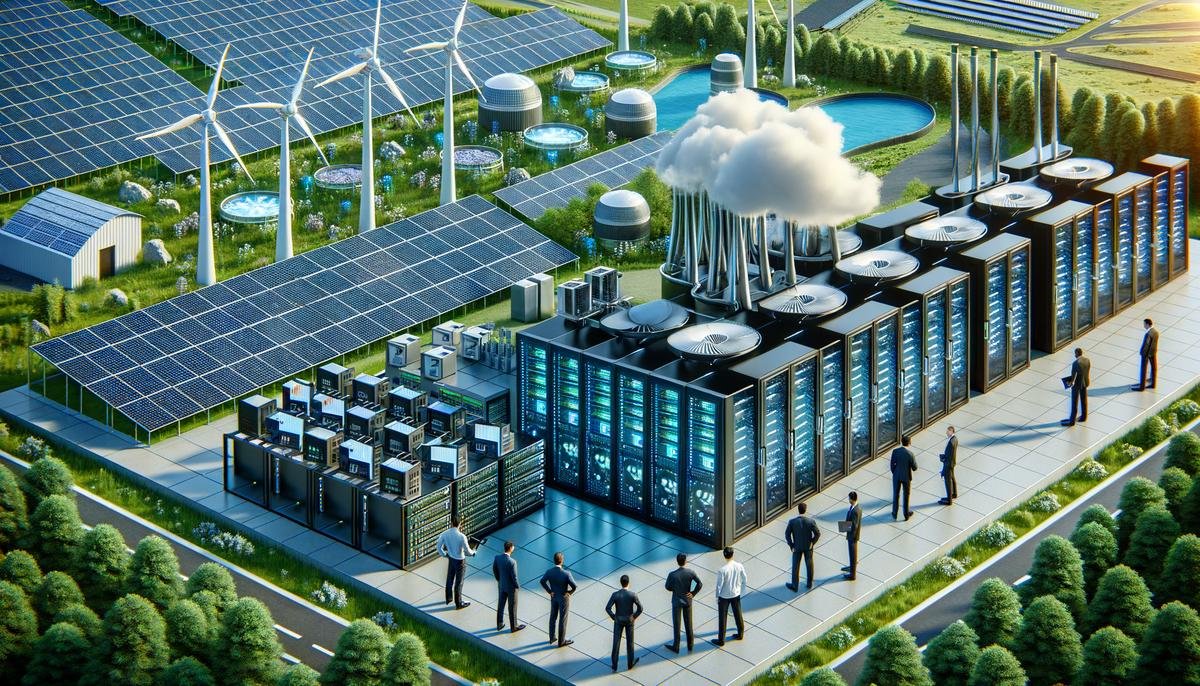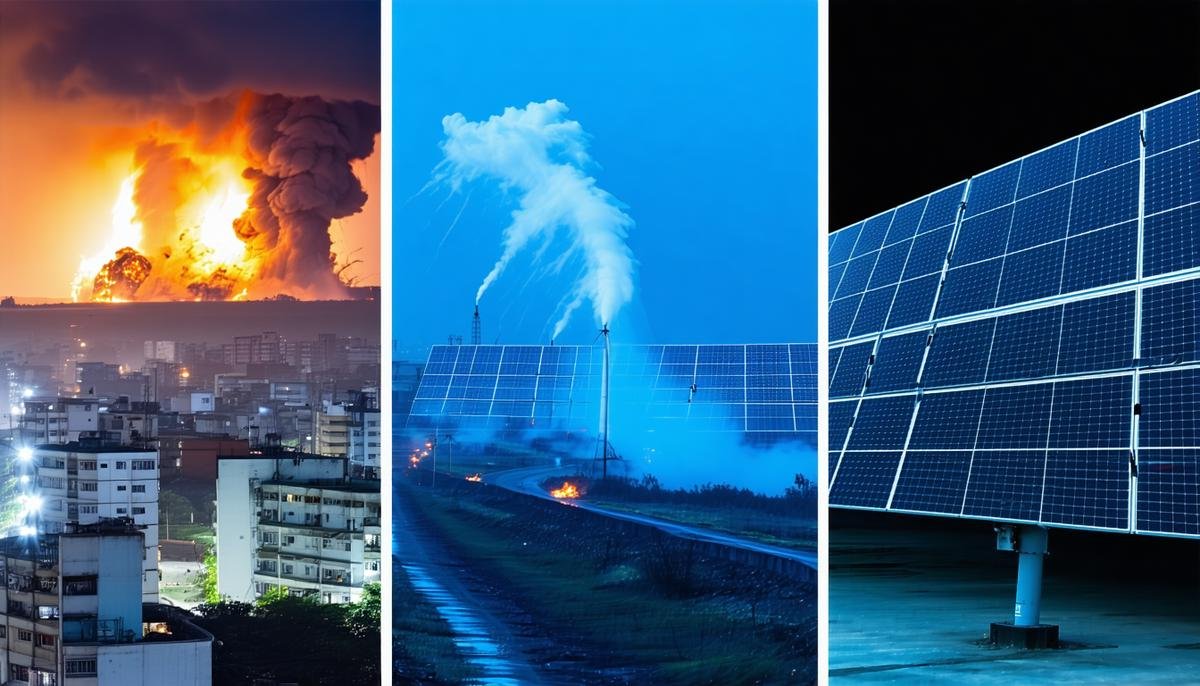Microsoft's AI Initiatives for Sustainability
Microsoft's AI for Earth initiative leverages technology for environmental sustainability. The program focuses on using AI to improve environmental monitoring, enhance energy efficiency, and transform farming practices.
AI efficiently organizes and interprets complex datasets from global sensors, providing insights into environmental conditions and wildlife health. This data empowers stakeholders to make informed decisions for conservation and resource management.
In the energy sector, Microsoft collaborates with companies like Agder Energi to optimize electrical grids and encourage renewable energy consumption. For agriculture, AI-driven projects help farmers manage water resources and boost crop yields in challenging climates.
The initiative supports universities and NGOs worldwide in developing AI applications for sustainability. Microsoft also fosters partnerships with industry and academic experts to scale and commercialize impactful solutions.
While AI shows promise in combating climate change, the sector faces challenges regarding its own environmental impact. Developing and operating AI models consume significant energy, requiring careful management to maximize benefits sustainably.

AI's Environmental Impact and Mitigation
The energy and water demands of AI technologies are significant concerns. Data centers processing vast amounts of data contribute to carbon emissions and water usage.
Microsoft is addressing these issues through several strategies:
- Investing in renewable energy sources to power data centers, aiming for carbon-neutral operations.
- Developing more efficient AI algorithms that require less computational power without sacrificing performance.
- Optimizing data center cooling systems to reduce water consumption, including site-specific solutions that leverage natural climates or innovative architectural designs.
These efforts reflect an industry-wide acknowledgment that AI's deployment must be managed thoughtfully to contribute positively to environmental sustainability.

AI Applications in Climate Change Solutions
AI's applications in climate change mitigation are diverse:
- Predictive systems for natural disasters: AI models like the Aurora project forecast extreme weather events, enhancing preparedness and minimizing damage.
- Air pollution monitoring: AI processes data from environmental sensors to provide real-time insights into pollution levels and trends, informing urban planning and policy decisions.
- Renewable energy optimization: AI systems predict and manage variability in renewable energy sources, improving grid integration and reducing wastage.
Microsoft's partnerships with organizations like The Nature Conservancy contribute to minimizing environmental impacts in sectors such as hydropower.
These AI applications represent a shift towards smarter, more adaptive responses to environmental challenges, playing a crucial role in mitigating climate change impacts and advancing global sustainability efforts.

Challenges and Controversies in AI and Climate Action
Microsoft faces challenges in balancing its AI for Earth initiatives with its partnerships in the fossil-fuel industry. Critics argue that these collaborations undermine the company's commitment to reducing emissions and transitioning to a greener future.
Microsoft defends its strategy by emphasizing AI's potential to enhance operational efficiencies and reduce emissions within the fossil-fuel industry. However, debate persists on whether improving traditional energy sectors is sufficient or if focus should shift entirely to renewable energy sources.
The energy consumption of AI itself adds to the controversy. While Microsoft is taking steps to mitigate these impacts, such as investing in renewable energy for data centers, concerns remain about AI's resource demands.
"All of Microsoft's public statements and publications paint a beautiful picture of the uses of AI for sustainability. But this focus on the positives is hiding the whole story, which is much darker."
– Holly Alpine, former Microsoft employee
Microsoft aims to reconcile its technological ambitions with its climate commitments by collaborating with partners that share a net-zero vision. However, some employees and environmental advocates express concerns about the pace of these changes in addressing the climate crisis.
As Microsoft navigates these challenges, it must maintain transparency, accountability, and continuous refinement of its sustainability goals to effectively leverage AI for environmental stewardship.

Microsoft's AI initiatives highlight the potential for technology to contribute to environmental sustainability. As the company continues to develop and implement these solutions, balancing innovation with ecological responsibility remains crucial for addressing global climate challenges.
- Smith B, Nakagawa M. AI for Earth: Putting Artificial Intelligence to Work for the Planet. Microsoft White Paper. 2023.
- International Energy Agency. Data Centres and Data Transmission Networks. IEA Report. 2023.
- Net Zero Tracker. The Net Zero Stocktake 2023. Energy & Climate Intelligence Unit. 2023.
- Microsoft. Environmental Sustainability Report. 2023.



